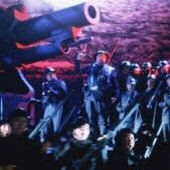Sonata in B-flat major for Piano & Violin, K372 (1782)
Sonata in A major for Piano & Violin, K385E (1784)
Sonata in G major for Piano & Violin, K546a (1789)
Fantasia in C minor for Piano & Violin, K396 (1782)
Rachel Podger, Violin; Christopher Glyn, Fortepiano
(Period Instruments)
Channel Classics CCS SA 42721 (2021)
I know DP posted this recently but I purchased & ripped this back
in 2021 with an eye to posting this in 2024. DP beat me to it but I
am not going to let a good rip go to waste.
[Flac & Scans]
READ MORE...



























.jpg)